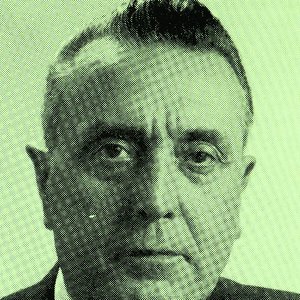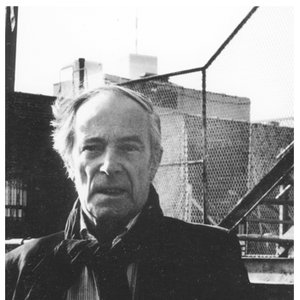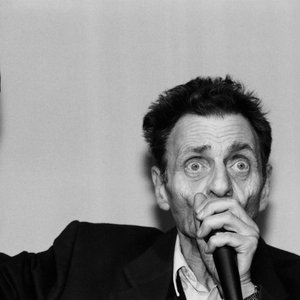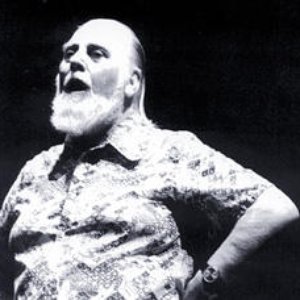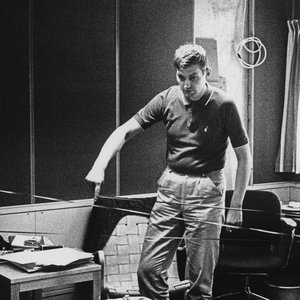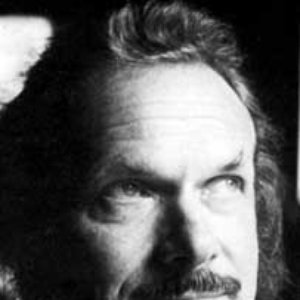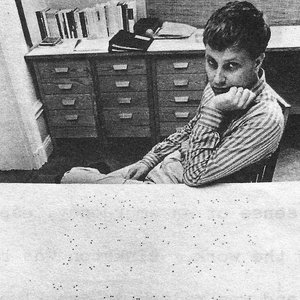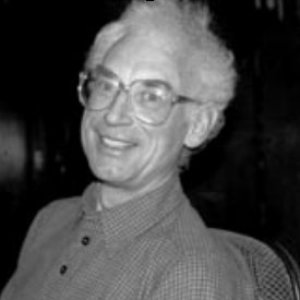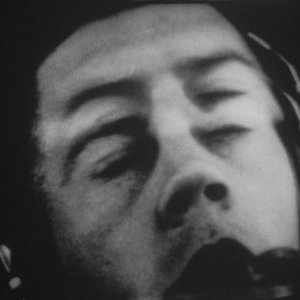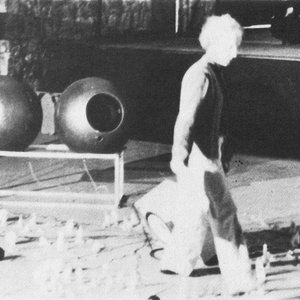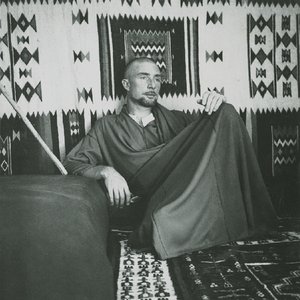Biography
-
Born
15 April 1936
-
Died
1 November 2013 (aged 77)
The Swedish composer, Sten Hanson, was leader of the Fylkingen language group from 1968 and in charge of the Text-Sound Festivals which were held for many years. He is self-taught as a composer. In Sweden, he was Director (1968-1977) and then Chairman (1980-1984) of the concert organization Fylkingen, chairman of the ISCM (1975-1981), member of the Royal Academy of Music of Sweden and President of the Swedish Composers' Union (1985-1994), member of the Executive Committee of International Confederation of Electroacoustic Music (ICEM) (1981-1982) and Chairman of this organization from 1997 to 2002. He has been member of College compositeur de GMEB from 1982, member of the Executive Committee of the International Society for Contemporary Music (ISCM) from 1982, member of the Executive Committee of the Electronic Music Studio, and Chairman of the Society of Swedish Composers (1984-1994).
Sten Hanson has been working with experimental music, literature and art since the beginning of the 1960's, cultivating both instrumental, vocal and electro-acoustic music for performance on radio and television, on outdoor occasions or from the concert platform. From an early stage he was aware of the importance of tape-recording techniques in the renewal and development of poetry’s resources. Text-sound-visual image, often combined with intensely personal 'live" performances, are vital ingredients in Sten Hanson's artistic workmanship and he is ore of the forerunners in the field of multi-media art. He himself has been on numerous performing and lecturing tours all over the world. He was quick to realise the importance of the tape recorder as a factor in the renewal of poetry and the ability of text-sound compositions to break the isolation often experienced by an author in a small language area. His works include electro-acoustic pieces as well as instrumental and vocal compositions. From the end of the sixties up to 1979, he worked essentially with electroacoustic music and created, with Lars-Gunnar Bodin, Åke Hodell, Bengt Emil Johnson, the theory and the practice of a new aesthetic field: "The electronic text-sound". Sten Hanson realized a large number of works in various styles : works for television, ballet music, performances, audiovisual performances assisted by computer, pieces for instruments and tape and/or electronics, works for orchestras and computer music. Many of his early compositions were short, hard hitting collages of text and sound with a socially and politically committed content: Che (1968), Western Europe (1969), Revolution (1970). In other works the emphasis was more on humorous burlesque: Coucher et souffler (1968), How are You (1969). Compositions like Fnarp(e) (1970) and L’Inferno de Strindberg (1971) have passed through more extensive electro-acoustic processing, as is also the case in the humorous but cautionary The Flight of the Bumblebee (1982).
The voluminous John Carter Song Book (1979-1985) is based on the early science fiction writer Edgar Rice Burroughs’ texts concerning the American Captain John Carter’s adventures among the red men of Mars. In principle this is pentatonic music, but with a lavish flora of glissandi and microtonal elements. The vocal elements have been synthesised at the computer studio of Brooklyn College, New York. Wiener-Lieder (1985-1986) for soprano, piano and recorded tape was first performed at the 1987 Swedish Music Spring Festival. In a series entitled Play Power (e.g. No. I 1961, No. IX 1982) he has used the potentialities of an instrument together with a recorded part in which the characteristics of the instrument.
Artist descriptions on Last.fm are editable by everyone. Feel free to contribute!
All user-contributed text on this page is available under the Creative Commons Attribution-ShareAlike License; additional terms may apply.

